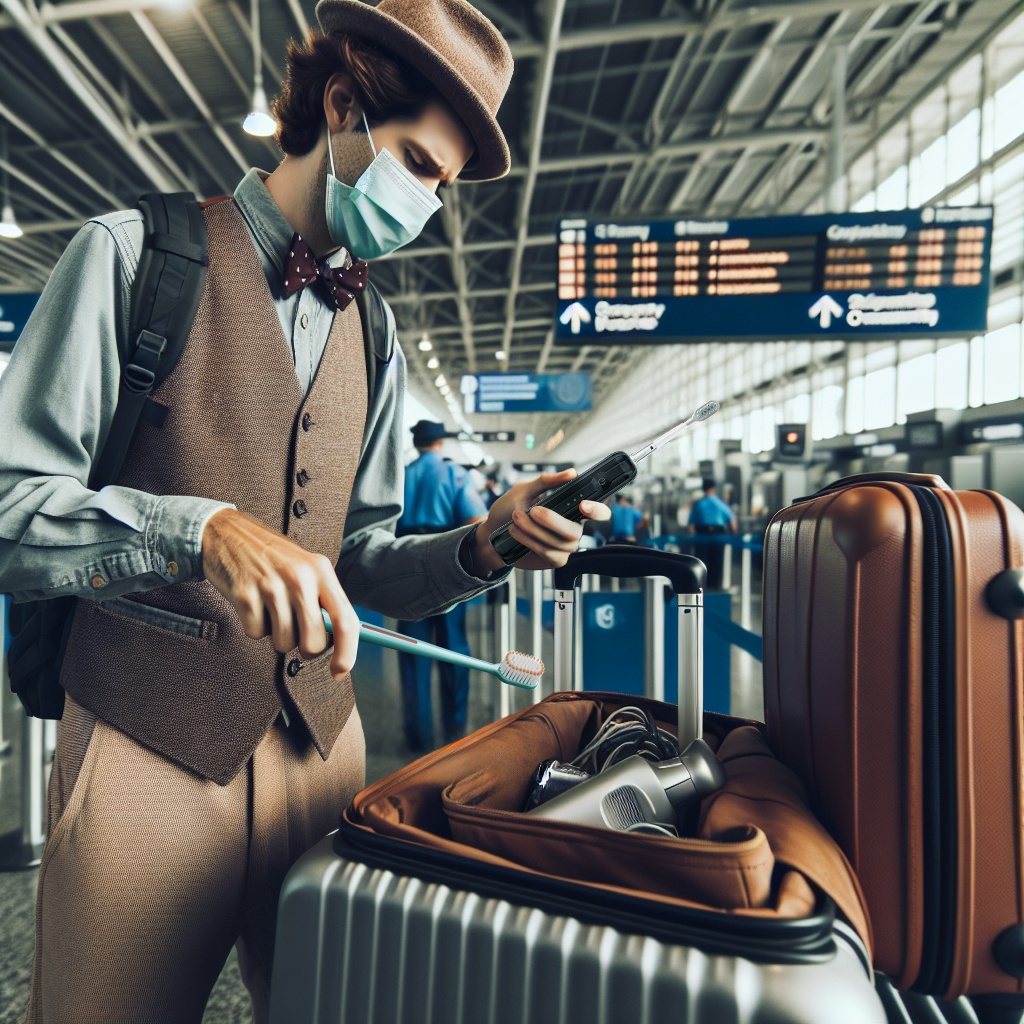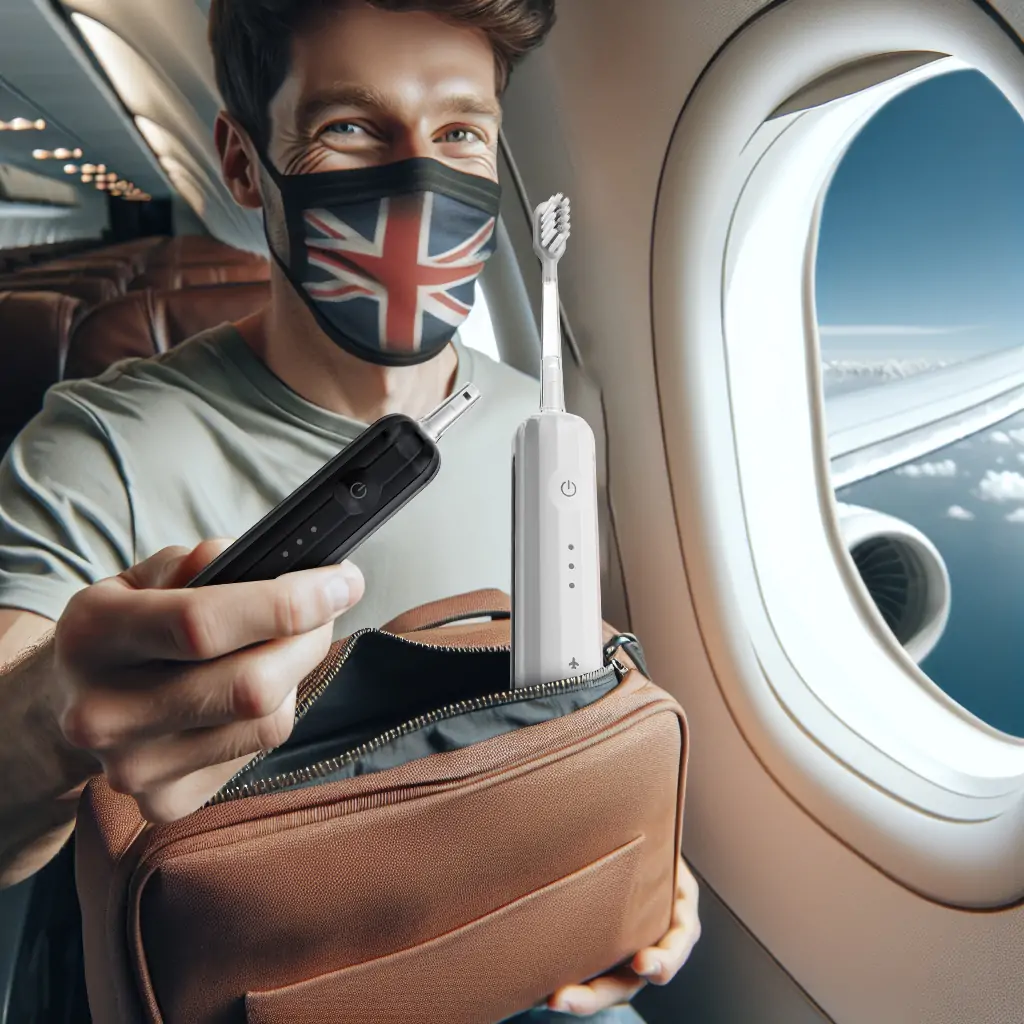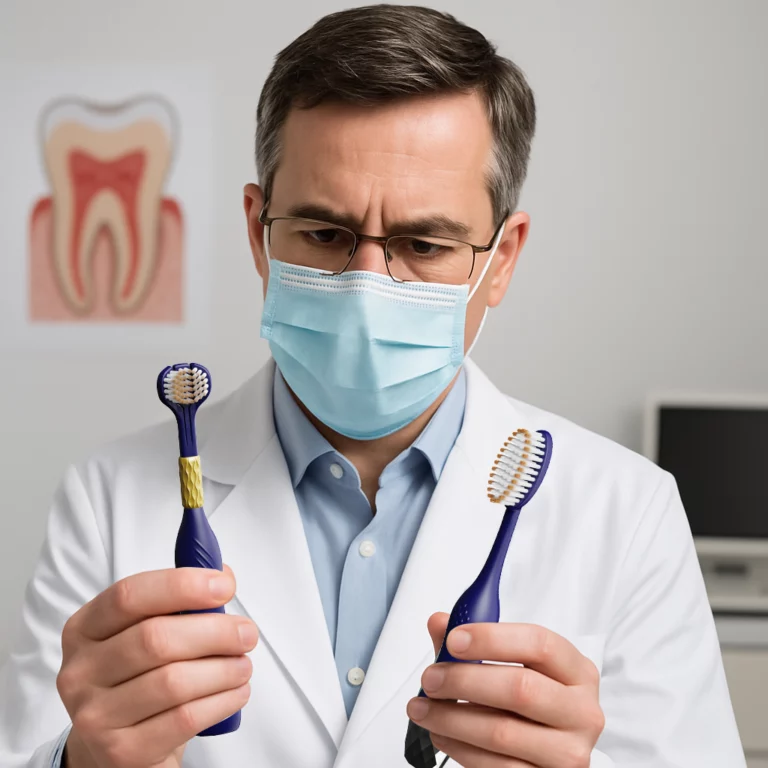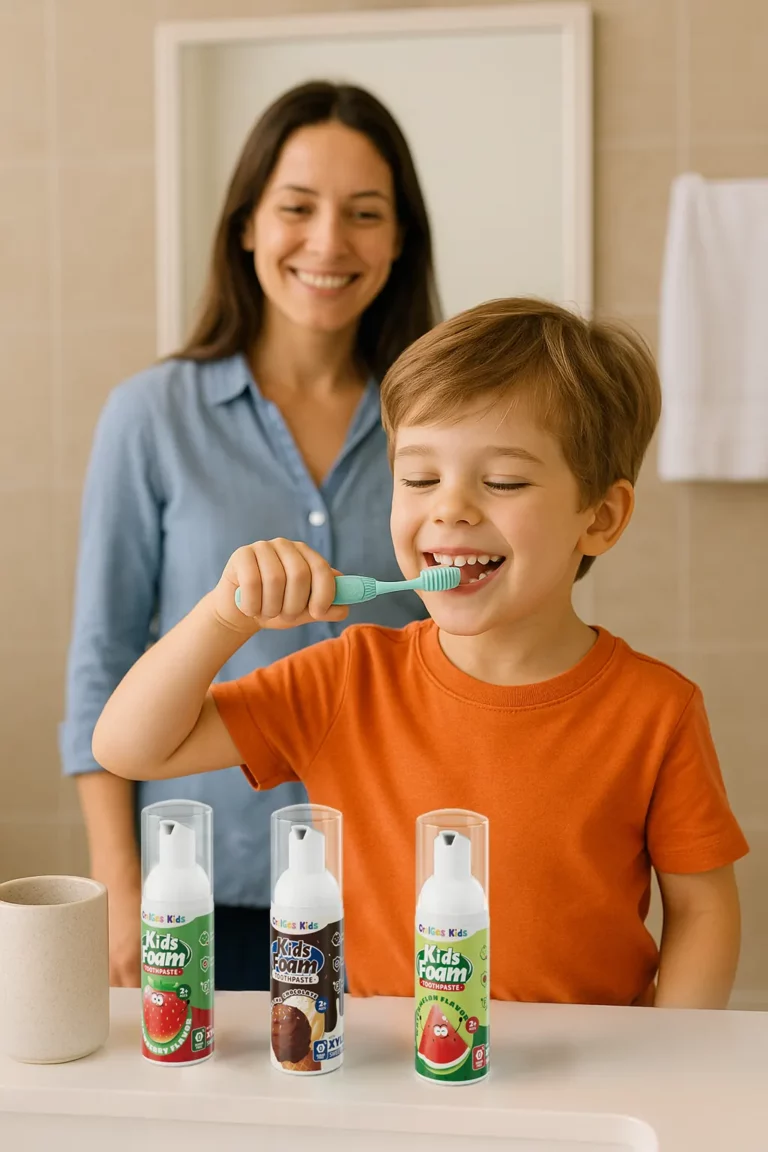Today’s travelers are prioritizing personal hygiene, even at 35,000 feet. As electric toothbrushes become essential daily tools, many ask the question: Can I bring an electric toothbrush on a plane? The short answer is yes—but the real answer depends on the battery type, airline policy, and how well you’ve packed it.
Whether you’re a frequent flyer, a dental product supplier, or an oral-care brand advising customers, understanding aviation policies and consumer-friendly design is crucial. This article explores TSA guidelines, battery classifications, safety best practices, and product strategies for brands looking to meet the growing demand for travel-ready oral-care solutions.
What Do TSA and Airlines Say?
The U.S. Transportation Security Administration (TSA) permits electric toothbrushes in both carry-on and checked baggage. Likewise, most global airline authorities follow similar protocols. However, there are key considerations—primarily related to battery types and charging accessories—that could affect your packing decisions.

Battery Type Matters: Know What Powers Your Brush
Most electric toothbrushes fall into three common categories based on their power source. Understanding the difference can prevent headaches at the security checkpoint.
1. Built-In Lithium-Ion Batteries
These rechargeable batteries are widely used in modern toothbrushes due to their durability and long battery life. Devices with lithium-ion batteries under 100 watt-hours (Wh) are allowed in both carry-on and checked baggage, as confirmed by both TSA and IATA (International Air Transport Association) guidelines.
Pro tip: Always pack lithium-ion devices in your carry-on to reduce fire risks in cargo.
2. AA or AAA Battery-Powered Models
Toothbrushes that run on removable alkaline batteries are considered low-risk. These can safely travel in any part of your luggage, and are a solid choice for travelers wanting extra peace of mind.
3. Magnetic Charging Units
The brush is fine, but bulky induction bases or non-standard chargers may be flagged by airline agents. Check if your accessories comply with carry-on size or voltage limitations before flying.
Smart Packing: Keep It Safe, Dry, and Protected
Proper packing not only ensures device safety but also keeps your oral-care gear sanitary during travel. Here are a few practical tips:
- Dry Before Packing
- Excess moisture near the charging port can lead to corrosion. Wipe your toothbrush thoroughly after use, especially if packed soon after brushing.
- Use a Protective Case or Cap
- Cases help prevent contamination and accidental activation mid-flight—especially important for brushes with touch-sensitive buttons.
- Separate from Liquids
- To avoid damage, store your electric toothbrush away from toothpaste tubes, shampoo bottles, or mouthwash. A dry zippered pouch works best.
Can You Use an Electric Toothbrush While Flying?
Yes, especially during long-haul or overnight flights. However, flight conditions require some adaptation:
- Choose a compact model to fit tight spaces in airplane bathrooms.
- If noise is a concern, opt for brushes under 50 decibels—your seatmate will thank you.
- Use manual brushing motion if the vibration is too disruptive.
Brush discreetly after meals or before sleeping on longer trips. For shorter domestic flights, it may be more convenient to wait until you land.

Advice for Oral-Care Brands: Design with Flyers in Mind
If you’re part of the oral-care manufacturing or distribution chain, travel trends offer valuable insights. Designing and marketing travel-friendly electric toothbrushes can elevate your product line and drive customer loyalty. Here’s how to stay competitive:
✔ Compact and Lightweight Design
Models under 200 grams with ergonomic handles appeal to mobile users. Consider collapsible or modular designs to save space.
✔ Dual Voltage Charging
Include 100–240V compatibility to support international use. Make sure to feature this clearly in your product listings and manuals.
✔ Travel Lock Feature
Prevents brushes from turning on in transit. This small function reduces battery waste and avoids TSA mishaps.
✔ Hard Travel Case Included
Offer protective cases as a standard accessory. This boosts perceived value and encourages consumers to take your product everywhere.
✔ Clear Battery Compliance Markings
Label your products with battery type and safety certifications (e.g., CE, FCC, RoHS). Doing so not only ensures safety compliance but also builds buyer trust.
What Frequent Flyers Want in a Toothbrush
Recent market research reveals that travelers seek:
- Long-lasting battery life (minimum 7 days per charge)
- Quiet operation, ideal for shared spaces
- USB-C charging compatibility
- Replaceable brush heads with hygienic caps
- Sleek, minimalistic aesthetics that blend with personal care kits
Catering to these preferences increases your chances of capturing repeat business and building a premium product reputation.
Final Thoughts: Brush Smarter, Travel Smarter
So, can you bring an electric toothbrush on a plane? Yes—but bringing the right one matters more. Compact, TSA-compliant, and travel-optimized brushes create a better flying experience for users and a better business outcome for brands.
As global travel resumes and health consciousness continues to grow, oral-care companies that adapt their designs for portability and compliance will lead the way. Whether you’re guiding your customers or sourcing your next product line, one truth remains: smart brushing doesn’t stop at the gate—it takes off with you.





